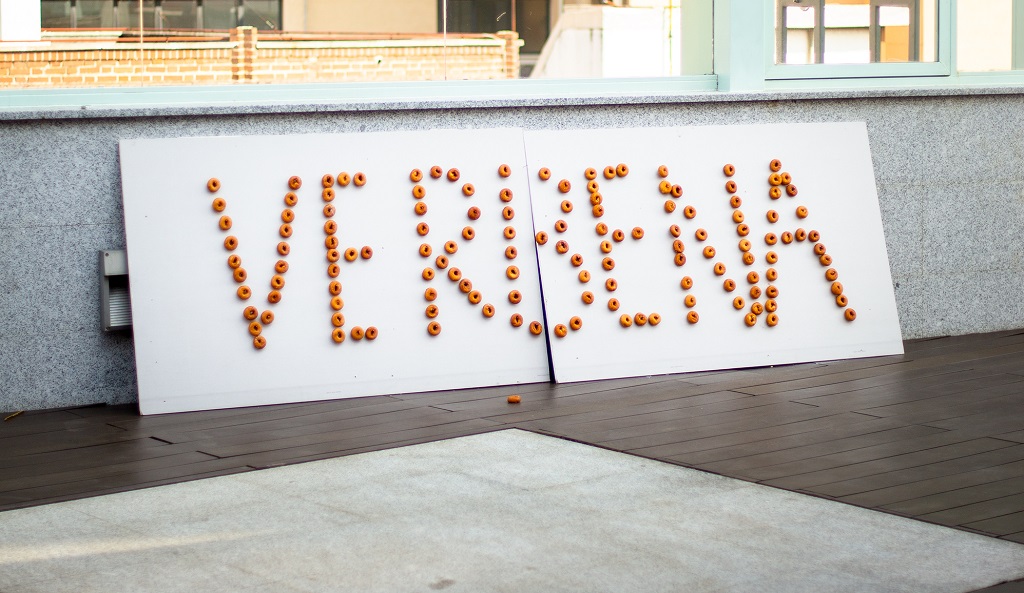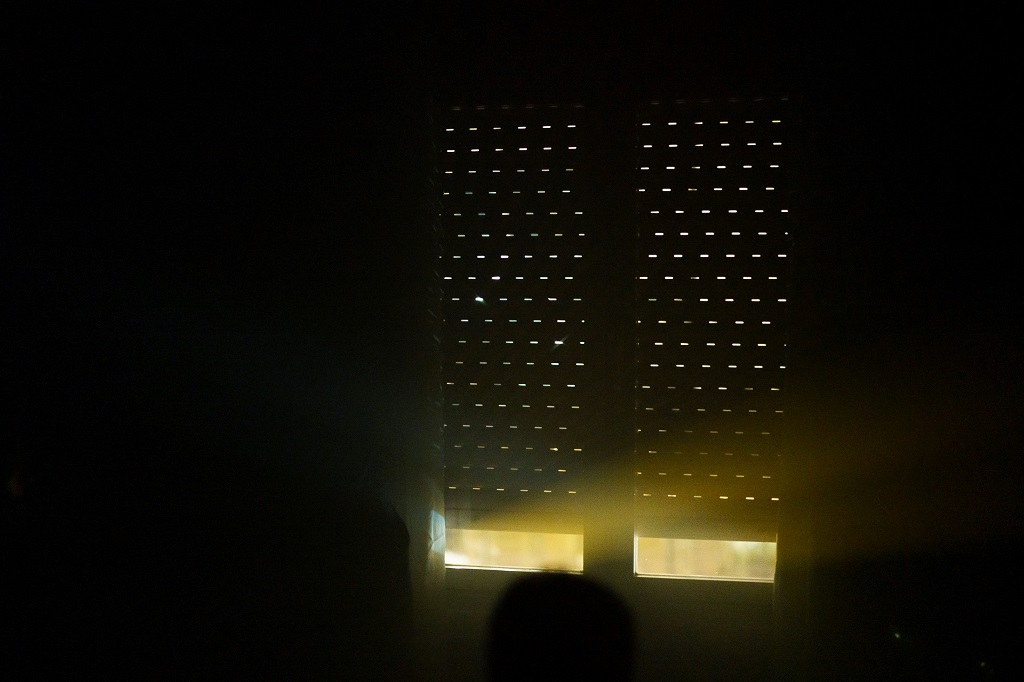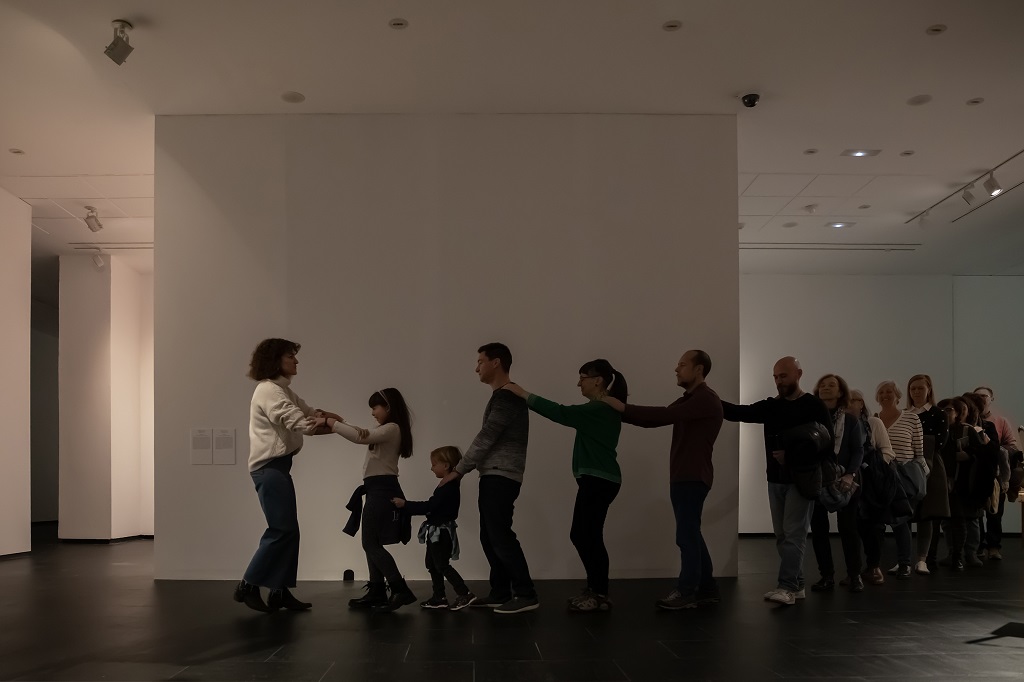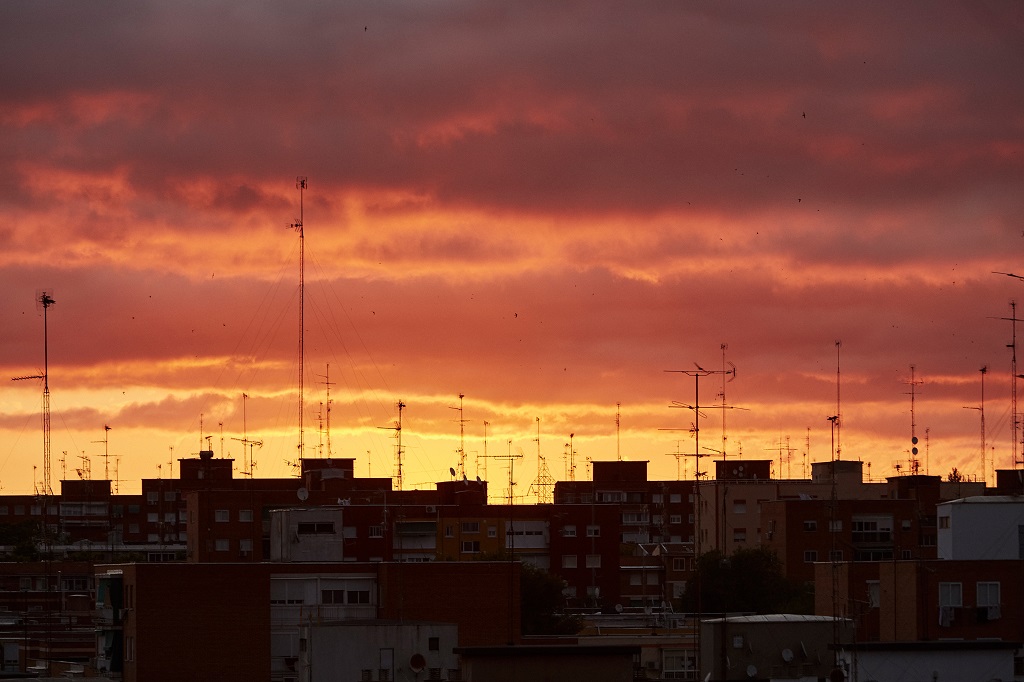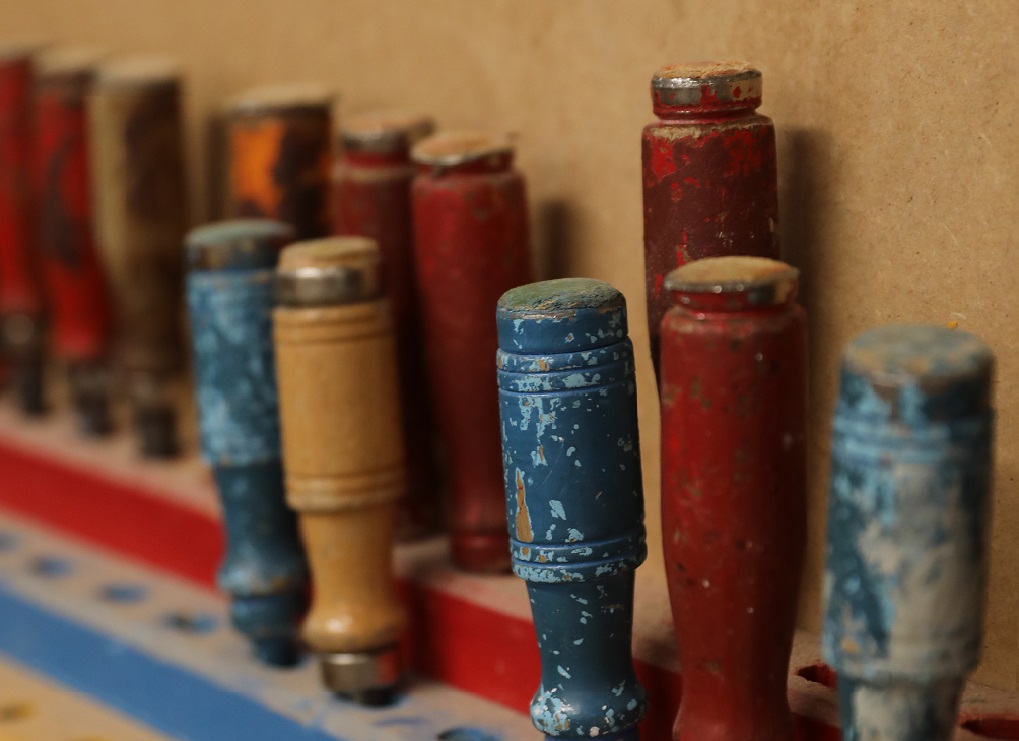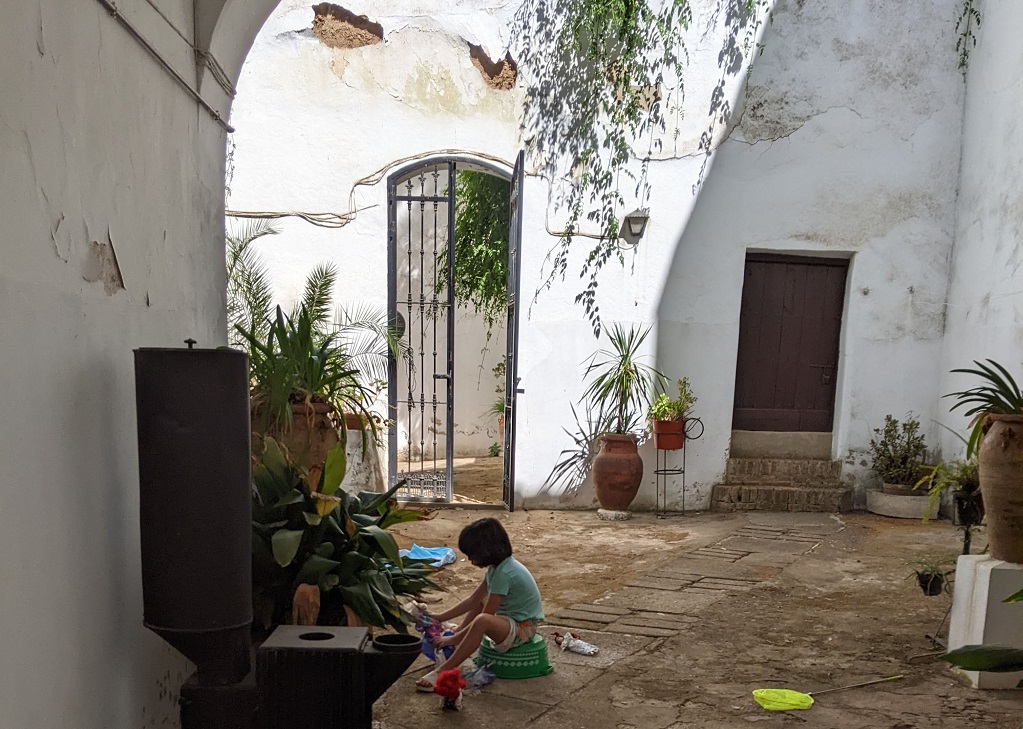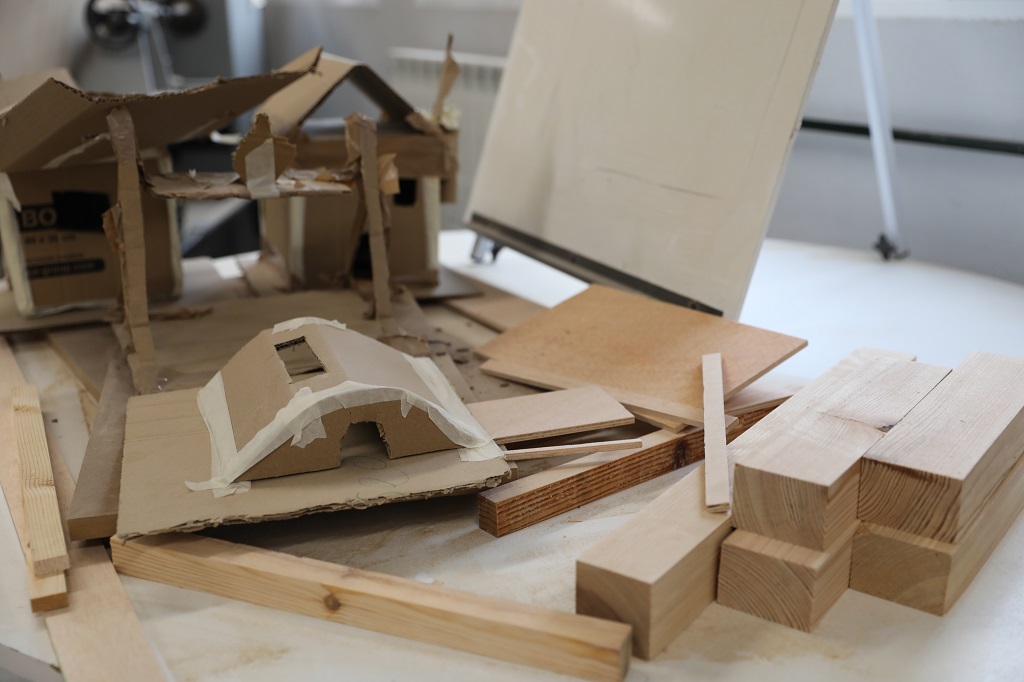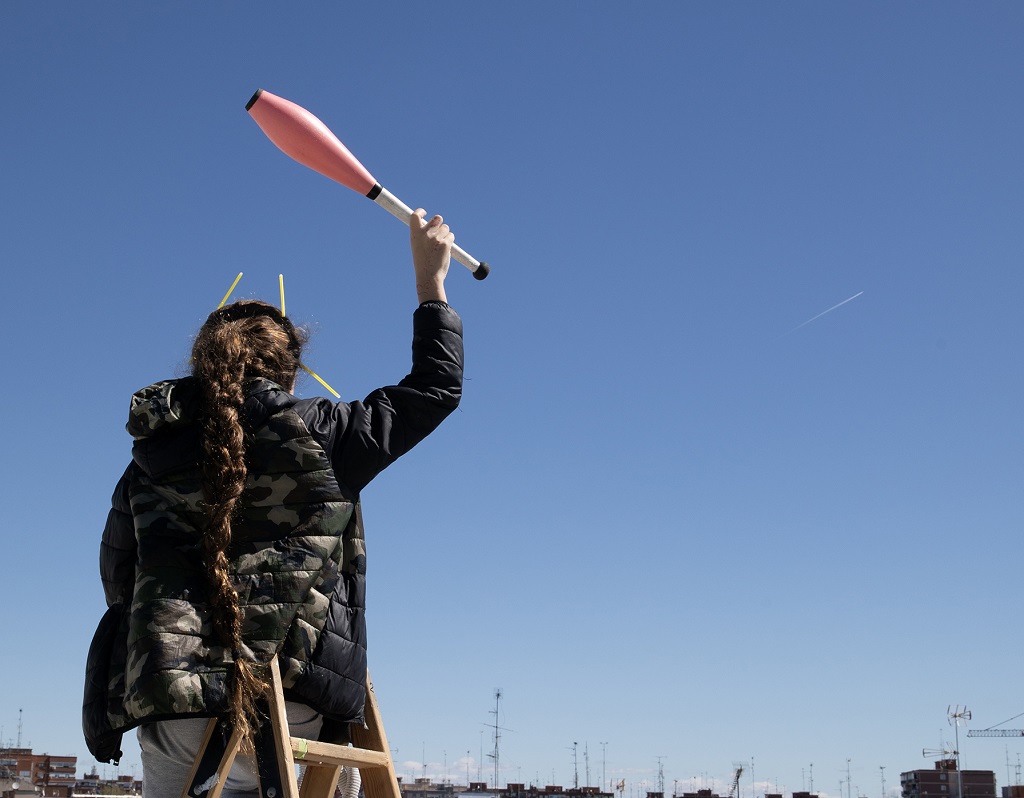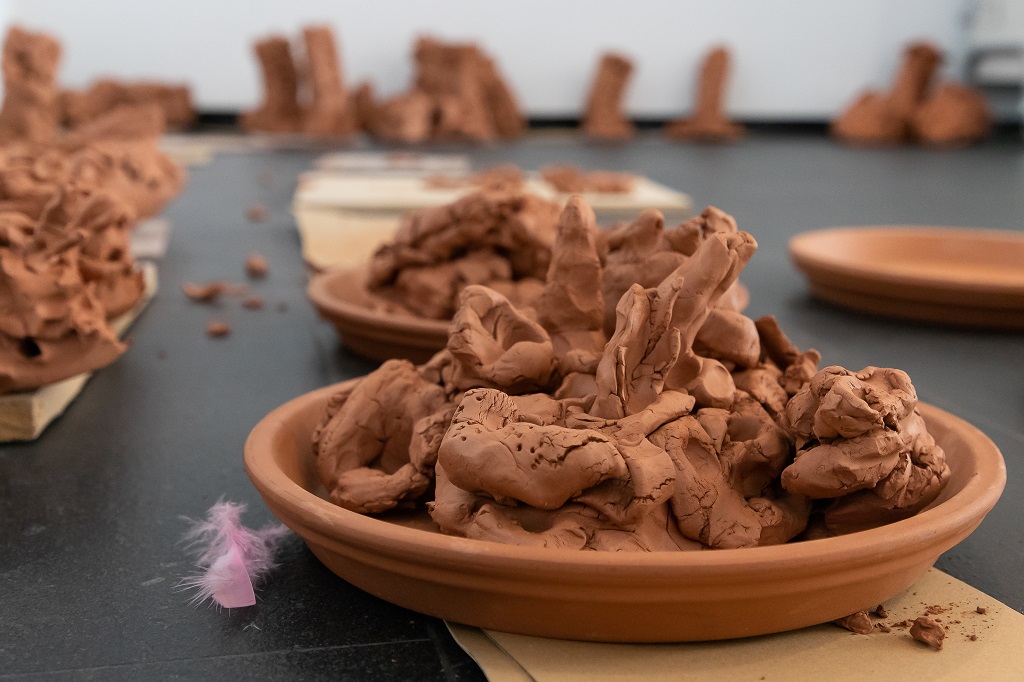The universe is an indomitable force that cuts through our very existence and shapes our spirit. We are sorceresses, clairvoyants and mediums from birth, experts in the power of divination, clairvoyance and communication with the great beyond. If you’re reading this, fate and cosmic vibrations attracted you to this page so you could communicate with us. We can channel the essence of elements to attract positive energy and stave off the evil eye. We will reveal the answers to your existential questions and attract balance to your life to fill it with light and spiritual wellbeing. Request information, no strings attached.
You’re not on the wrong page. Cultural mediation can have a bit of divination, witchcraft and esotericism about it. Mediation for Five Handrails is a collaborative project between AMECUM and the CA2M Museum throughout the 2023-2024 academic year, where we rethought mediation itself in its context by putting the mediator’s body in the centre, amidst so many objects and words. This project is also regarded as an inquiry revolving around two lines of action at AMECUM: reflection and experimentation in mediation, good practices and other ways of seeing it; and bringing visibility and recognition to the figure of the cultural mediator.
Through this announcement, we want to invite you to the project presentation, where we’ll share the results of the inquiry conducted by AMECUM, which started with an invitation from the CA2M Museum to conduct visits to the exhibitions. Thus, we wanted to engage in an open act/performance/ritual to freeze time and record the fleeting footprints of our mediations, which still exist as living spectres.
Through this announcement, we want to invite you to the project presentation, where we’ll share the results of the inquiry conducted by AMECUM, which started with an invitation from the CA2M Museum to conduct visits to the exhibitions. Thus, we wanted to engage in an open act/performance/ritual to freeze time and record the fleeting footprints of our mediations, which still exist as living spectres.
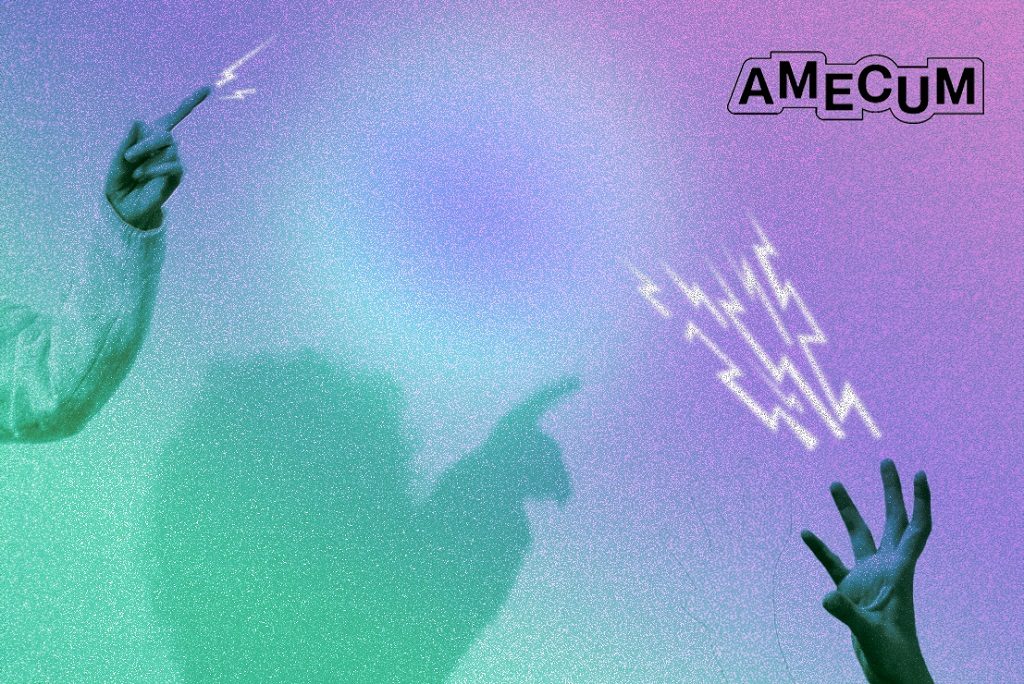
Picture: AMECUM (Mar Sáenz-López, Ximena Ríos, Jesús Morate, Alex Martínez y Ana Folguera).
